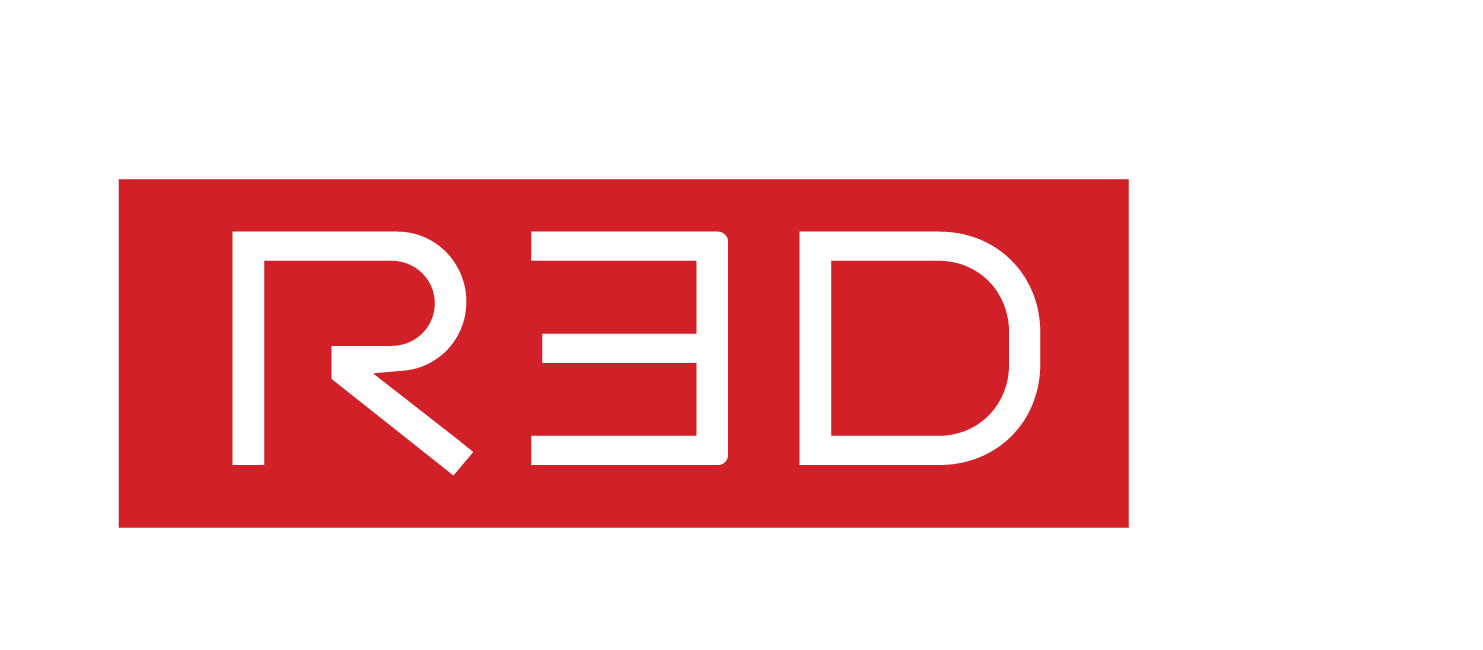Approvals, Certification & Testing
Last updated: September 21, 2022
May vary by device.
FCC / Specific Absorption Rate (SAR)
A Specific Absorption Rate (SAR) value refers to the relative amount of Radio Frequency (RF) energy absorbed by a user's body when using a radio tranmitter such as a cell phone. The FCC limit for public exposure from cellular telephones is a SAR value of 1.6 W/kg. For more information on SAR for cell phones, please vist FCC SAR consumer page, https://www.fcc.gov/general/specific-absorption-rate-sar-cellular-telephones.
Hearing Aid Compatibility (HAC)
Cellular wireless carriers and device manufacturers are required to offer handsets that are compatible with or do not cause interference with hearing aids and cochlear implants. FCC uses a M/T rating system from the ANSI standard to indicate the level of hearing aids compatibility (HAC).
The “M” rating is for reducing interference with hearing aids operating in acoustic mode — from M1 to M4, with M4 being the best.
The “T” rating is for their ability to operate with hearing aids that contain a telecoil (a tightly wrapped piece of wire that converts sounds into electromagnetic signals) and operate in inductive coupling mode — from T1 to T4, with T4 being the best.
The FCC considers a handset to be hearing aid-compatible if it is rated at least an M3 (for acoustic coupling) and at least a T3 (for inductive coupling). More information on HAC is available at the FCC site, https://www.fcc.gov/hearing-aid-compatibility-wireless-telephones.
CTIA
CTIA is a trade association representing the U.S. wireless communications industry and has member companies from wireless carriers to equipment manufacturers.
In addition to setting global industry standards (e.g. antenna performance), CTIA also offers 7 device certification programs, such as battery compliance (IEEE 1725), and device interoperability on global wireless networks (PTCRB). More certification programs can be found at CTIA website, https://ctiacertification.org/.
PTCRB
PTCRB certification verifies mobile wireless devices are in compliance with the global industry standards. Without PTCRB certification, device manufacturers might run the risk that their devices will perform poorly on wireless networks. The CTIA has been assigned as the administrator for the PTCRB Certification process.
For more info, please visit PTCRB website, https://www.ptcrb.com.
ISO 14001:2015
ISO 14001:2015 specifies requirements for an environmental management system to enable an organization to develop and implement a policy and objectives which take into account legal requirements and other requirements to which the organization subscribes, and information about significant environmental aspects.
ISO 14001:2015 is applicable to any organization that wishes to establish, implement, maintain and improve an environmental management system, to assure itself of conformity with its stated environmental policy.
ISO 45001
ISO 45001:2018 specifies requirements for an occupational health and safety (OH&S) management system, and gives guidance for its use, to enable organizations to provide safe and healthy workplaces by preventing work-related injury and ill health, as well as by proactively improving its OH&S performance.
ISO 45001:2018 is applicable to any organization that wishes to establish, implement and maintain an OH&S management system to improve occupational health and safety, eliminate hazards and minimize OH&S risks (including system deficiencies), take advantage of OH&S opportunities, and address OH&S management system nonconformities associated with its activities.
RoHS
The RoHS Directive aims to prevent the risks posed to human health and the environment related to the management of electronic and electrical waste. This Directive restricted the use of certain hazardous substances including heavy metals, flame retardants or plasticizers in electrical and electronic equipment (EEE).
The Directive promotes the recyclability of EEE, as EEE and its components that have become waste contain fewer hazardous substances.
REACH
REACH is a regulation adopted to improve the protection of human health and the environment from the risks that can be posed by chemicals, while enhancing the competitiveness of the EU chemicals industry.
REACH applies to all chemical substances. To comply with the regulation, companies must identify and manage the risks linked to the substances they manufacture and market in the EU.
California Prop 65
⚠️ WARNING - California Proposition 65
WARNING: This product can expose you to chemicals Bisphenol A (BPA) which is known to the State of California to cause birth defects or other reproductive harm. For more information, go to www.P65Warnings.ca.gov.
This warning is provided pursuant to California Proposition 65 which requires businesses to provide a consumer notice for exposing consumers to one or more of the Prop 65 listed chemicals.
Proposition 65 requires businesses to provide warnings to Californians about significant exposures to chemicals that cause cancer, birth defects or other reproductive harm. These chemicals can be in the products that Californians purchase, in their homes or workplaces, or that are released into the environment. By requiring that this information be provided, Proposition 65 enables Californians to make informed decisions about their exposures to these chemicals.
The Office of Environmental Health Hazard Assessment (OEHHA) administers the Proposition 65 program and determines (in most cases) whether chemicals meet the scientific and legal requirements for placement on the Proposition 65 list.
For more info on Prop 65, please visit https://oehha.ca.gov/proposition-65.
UL
UL Standards are used to assess products, test components, systems and performance. In late 2020, UL transitioned to the new hazard-based safety standard UL 62368-1 which applies to the consumer and enterprise technology products in the Audio/Video and Information Communication Technology (ICT) sector. Covered products must be certified with 62368-1 certification to be sold in the U.S.
For more on UL 62368-1, please visit https://www.ul.com/services/iec-62368-1-testing-certification.
